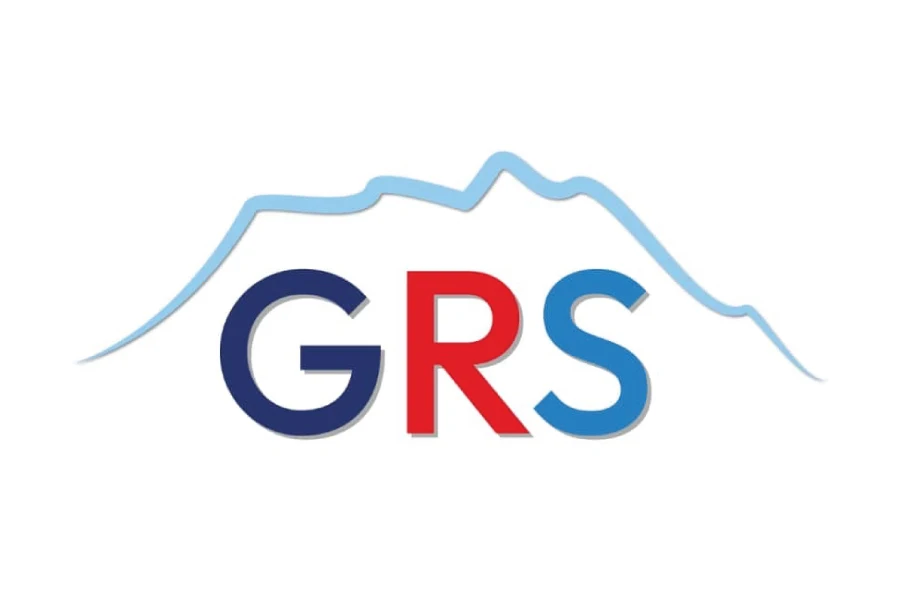Gabungan Rakyat Sabah (GRS) is a Sabah-based political coalition that emerged during a period of political realignment in Malaysia. Formed in 2020, GRS was created to unify pro-federal and local parties in Sabah, particularly to counter the growing influence of WARISAN. Since then, it has governed Sabah and become a key regional player with national implications.
Fast Facts
- Formed: September 2020
- Type: Political coalition (not a single party)
- Core Ideology: Sabah-centric governance, federal cooperation, conservative nationalism
- Member Parties (as of 2023):
- Parti Gagasan Rakyat Sabah (GAGASAN)
- Parti Bersatu Sabah (PBS)
- Sabah Progressive Party (SAPP)
- United Sabah National Organisation (USNO)
- Liberal Democratic Party (LDP)
- Parti Cinta Sabah
- Current Chief Minister of Sabah: Datuk Seri Hajiji Noor (GAGASAN)
Origins: Born from a Power Struggle
- Backdrop: In 2020, WARISAN led by Shafie Apdal controlled the Sabah state government. However, political shifts in Kuala Lumpur (the Sheraton Move) triggered realignments nationwide.
- Snap election (September 2020): Pro-federal parties in Sabah banded together under the Gabungan Rakyat Sabah banner to challenge WARISAN in the state election.
- Victory: GRS won a simple majority and formed the new Sabah government, ending WARISAN’s short rule.
GRS was less about ideology and more about strategy: a unified anti-WARISAN front backed by federal allies.
Political Composition and Evolution
- Early structure: Initially, GRS included Perikatan Nasional (PN), Barisan Nasional (BN), and local Sabah parties.
- Tensions with UMNO: Internal rivalry between UMNO and local GRS leaders (especially Hajiji) led to tensions within the coalition.
- GRS as a formal coalition (2022): Registered as an official coalition distinct from PN or BN, signaling its ambition to be a Sabah-first political force.
GRS Today
- Governance: GRS leads the Sabah state government, with Hajiji as Chief Minister.
- Federal alignment: Post-GE15, GRS declared support for Anwar Ibrahim’s Unity Government, positioning itself as a kingmaker from East Malaysia.
- Focus areas:
- Implementing state autonomy in line with Malaysia Agreement 1963 (MA63).
- Accelerating rural development and infrastructure.
- Defending Sabah’s rights over immigration, natural resources, and education.
Sabah Identity, National Impact
- Sabah-first narrative: GRS emphasizes that its loyalty lies with Sabahans, not Peninsular political masters.
- Tensions within coalition politics:
- Strained ties with UMNO Sabah (especially Bung Moktar Radin).
- Ongoing realignment of Sabah’s political map, with parties leaving or joining GRS or forming new alliances.
- East Malaysian influence: Alongside GPS in Sarawak, GRS strengthens East Malaysia’s bargaining power in federal politics.
Why GRS Matters
- Decisive role in federal balance: In hung parliaments, Sabah and Sarawak blocs — like GRS — often tip the scale toward forming a federal government.
- New Sabah political landscape: GRS represents the shift from national party dominance (like UMNO) to state-centric coalitions with local legitimacy.
- Autonomy agenda: GRS leaders consistently push for greater fiscal and administrative autonomy, a key point of East Malaysian discontent since 1963.






